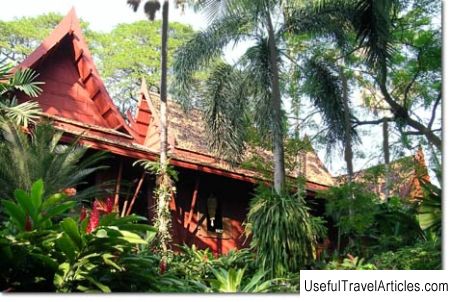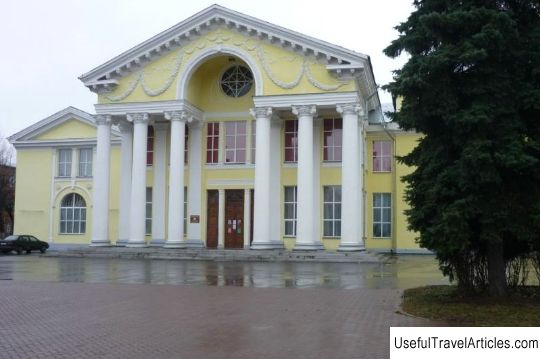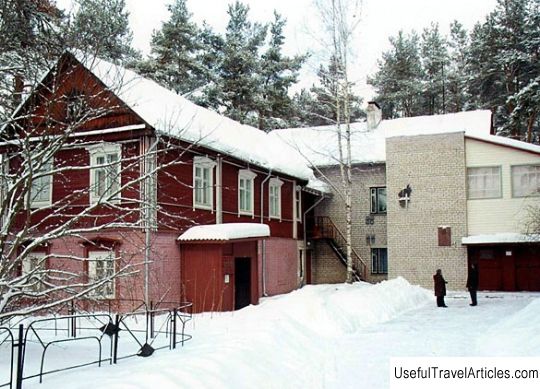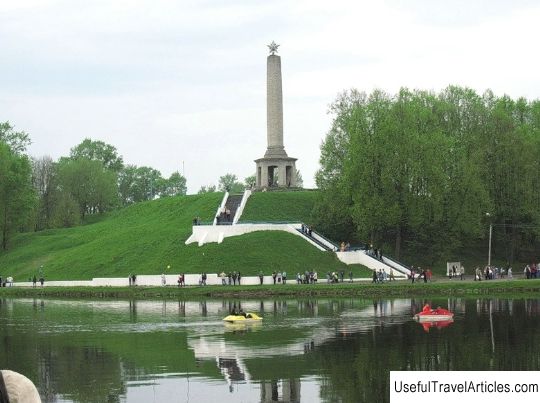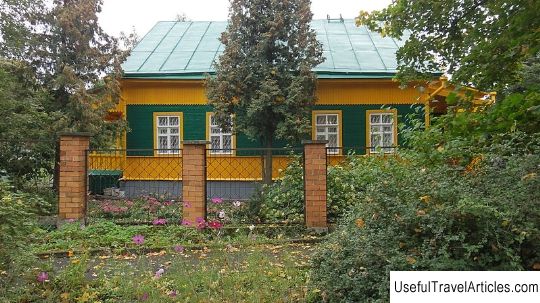Velikie Luki fortress description and photos - Russia - North-West: Velikie Luki
Rating: 8,4/10 (123 votes) 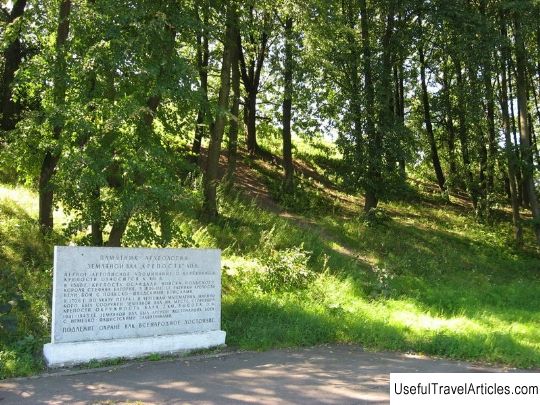
Velikie Luki fortress description and photos - Russia - Northwest: Velikiye Luki. Detailed information about the attraction. Description, photos and a map showing the nearest significant objects. Photo and descriptionThe fortress in the city of Velikiye Luki, Pskov region, is a historical and cultural monument. This fortress has been preserved in the form that it acquired at the beginning of the 18th century. Until that time, these fortifications were modified and rebuilt, these older versions of buildings have not survived. The presence of fortifications here was first confirmed in the annals in 1198. Until that time, there is no written information about this object. The annals describe the invasion of Velikiye Luki by the tribes of Lithuanians and Polotsk, who burned down the houses of local residents - "mansions", and they found refuge in the "city", that is, in the Kremlin. Later, in 1211, the Novgorod Chronicle marks the construction of fortifications together with the Novgorodians. In 1493, the chronicle describes a new construction of fortifications in place of the old ones. It is also indicated that the construction was commissioned by the Grand Duke Ivan Vasilievich. Eyewitness testimonies of the Austrian diplomat Sigismund Herberstein have survived about these structures in his "Notes on Muscovy", which he wrote during his two travels across Russia in 1517 and 1526. There is a significant difference in the meanings of "Kremlin "And" fortress ", which are applicable for buildings of different periods. At first it was the Kremlin - fortifications made of palisades or other material. It was located on the left bank of the Lovat River. And later a fortress was also built - an earthen rampart with a thick and high prison, wooden towers and a driveway gate. The fortress encircled the entire territory of the city, which was located on both banks of the Lovati. Later, the Kremlin became part of a large fortress that defended the entire city. From August 26 to September 5, 1580, the city was attacked by the troops of Stephen Batory, who destroyed the Kremlin and the fortress. However, the conqueror was in dire need of fortifications and began to look for a new place to build them. Having examined the area, he decided to use the same place for new fortifications. He even developed a construction plan with his own hand. Thus, on September 17, 1580, the work was completed and the fortifications were rebuilt once again. In the 17th century, during the Time of Troubles, as a result of several raids, the fortress was again destroyed. At that time, it consisted of city walls and 12 towers. Two of them had a driveway gate. The total perimeter of all fortifications was approximately 1125-1156 meters. The fortress, which has survived to our time, was built by the decree of Peter I in 1704-1708 and was located on the left bank of the Lovati. Now it was a bastion-type fortress. The author of the project was the mathematician Magnitsky L.F. Construction took place under the supervision of General Naryshkin. The fortress had the shape of an irregular hexagon with six bastions in the corners, twelve copper and forty cast-iron cannons, two mortars. After the end of the Battle of Poltava, that is, after 1709, the defensive significance of the fortress was lost. During the war with Napoleon in 1812, it housed a collection point for Russian troops. In addition to military facilities, there were two churches inside the fortress - the Resurrection Cathedral with two side-chapels and the Nikolsky Church. Also on the territory of the fortress there were a powder magazine, barracks, a guardhouse, shops, barns, smithy, curfew, office, prison, food warehouses. During the Great Patriotic War, the fortress regained its significance and was the site of the Velikie Luki operation in 1942-1943. Today the fortress is a museum (since 1971). It has six bastions and two pairs of gates. The height of the walls reaches 21.3 meters, and the towers - 50 meters. The total area is 11.8 hectares.       We also recommend reading Franciscan Church (Kosciol Franciszkanow) description and photos - Poland: Krakow Topic: Velikie Luki fortress description and photos - Russia - North-West: Velikie Luki. |
